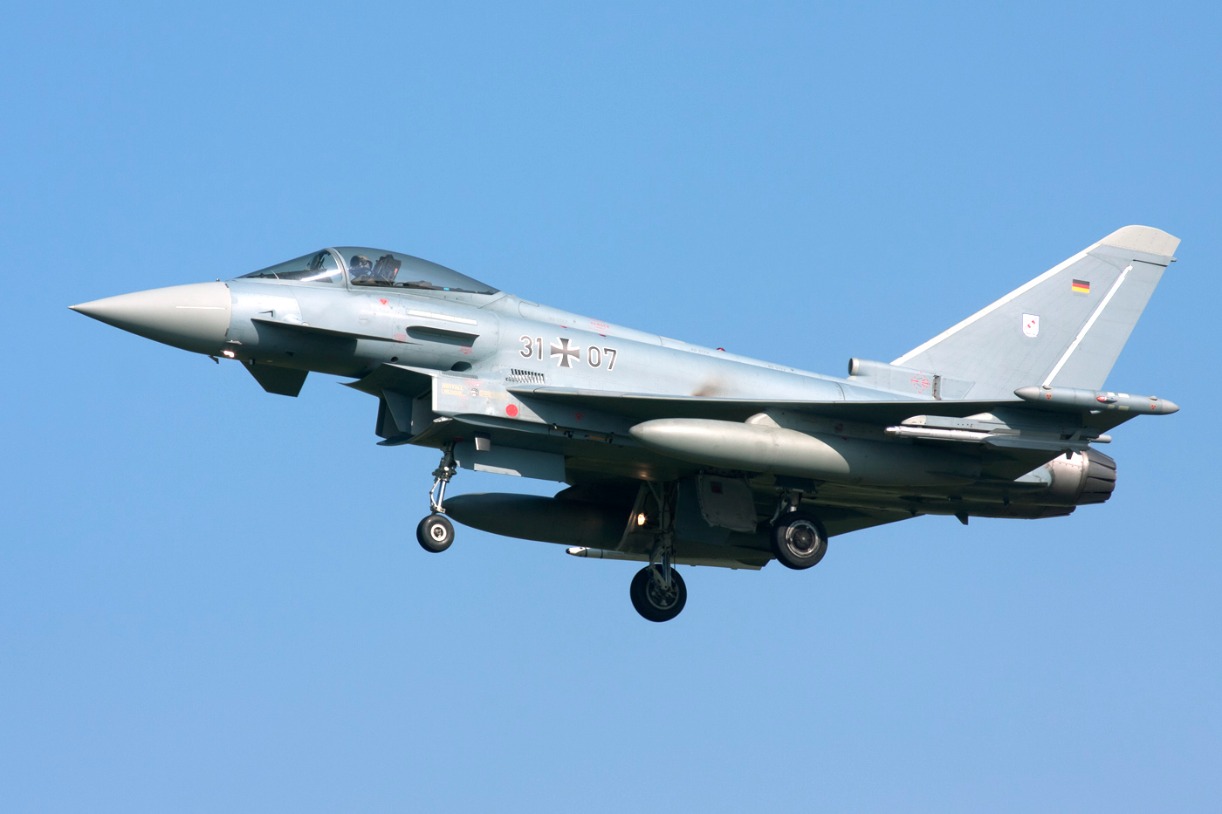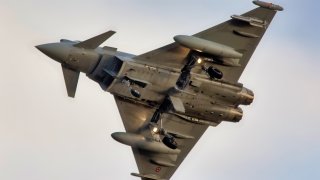The End Might Be Near for the Eurofighter Typhoon Fighter Jet
As fifth-generation and even sixth-generation fighter jets become the new standard for major global powers, fourth-generation aircraft like the Eurofighter Typhoon may face obsolescence.
Summary and Key Points You Need to Know: As fifth-generation and even sixth-generation fighter jets become the new standard for major global powers, fourth-generation aircraft like the Eurofighter Typhoon may face obsolescence.
-Despite its impressive multirole capabilities and upgrades, the non-stealth Typhoon is less suited for contested airspace.
-However, the RAF plans to keep it in service until at least 2040 due to lower operational costs compared to fifth-generation fighters like the F-35.
-The Eurofighter remains valuable for air policing and quick reaction alerts, especially as its technology is less sensitive and replaceable if lost in combat.
Will the Eurofighter Typhoon Survive in a Fifth-Generation World?
The fourth generation of fighter aircraft is becoming less relevant. Third-world countries will likely keep flying fourth-generation aircraft for the next few decades. But air forces in Europe, North America, Northeast Asia, and the Middle East are actively procuring fifth-generation aircraft and even working to develop sixth-generation technology.
The result will be the gradual phase out of fourth-generation, Cold War-era fighters. Could the Eurofighter Typhoon be on the chopping block?
The future of the Eurofighter
The Eurofighter has been a celebrated staple of the Royal Air Force for 20 years. A multirole fighter capable of performing a variety of different mission profiles, the Eurofighter has earned the respect of the aviation community. Despite the onset of fifth-generation fighters, the non-stealth Eurofighter seems to have carved out a role performing quick reaction alerts and air policing missions. Some pundits even insist the Typhoon is better at these missions than more advanced, modern fighters.
According to their argument, the Eurofighter has superior range, lower costs, and better performance at low altitudes. As the Eurofighter becomes outdated and the technology becomes less sensitive, there are fewer concerns over losing an aircraft. The RAF is comfortable sending a Eurofighter into contested spaces at low altitudes without fear that their most advanced technology will be shot down and sold to the Chinese or Russians.
The Eurofighter has been continuously updated throughout the years. The airframe has up-to-date avionics, electronics, and defense systems. Of course, the upgrades have been costly, begging the question, would it just be cheaper to get a brand-new aircraft?
The RAF plans to keep the Eurofighter in its rotation at least for the near future – cost being a factor, naturally.

“The F-35, especially, the F-35B, is much more expensive to operate than the Typhoon,” Air Force Technology reported. “The Eurofighter doesn’t have a low-observable coating to maintain, but also because its supply chain is very much UK managed, and the UK has more ownership and leverage.”
Expect the Eurofighter to stick around until 2040 or later.
The specifications of the Eurofighter
The most distinct feature of the Eurofighter is the delta-wing paired with canards. You don’t seethis configuration all that often. Constructed from lightweight materials, the Eurofighter’s airframe consists of over 80 percent composite materials and has an estimated lifespan of 6,000 flight hours.
Powering the Eurofighter are two Eurojet EJ200 engines capable of generating 20,230 pounds of thrust with the afterburners kicked in. The EJ200 is an impressive engine, offering the Eurojet a high thrust-to-weight ratio, supercruise, fuel efficiency, and low costs.
The Eurofighter’s lack of stealth technology makes the airframe increasingly anachronistic. The non-stealth set-up still works for the quick reaction missions, as discussed, but the jet would have a hard time surviving in contested airspace.
About the Author: Harrison Kass
Harrison Kass is a defense and national security writer with over 1,000 total pieces on issues involving global affairs. An attorney, pilot, guitarist, and minor pro hockey player, Harrison joined the US Air Force as a Pilot Trainee but was medically discharged. Harrison holds a BA from Lake Forest College, a JD from the University of Oregon, and an MA from New York University. Harrison listens to Dokken.
Image Credit: Creative Commons and/or Shutterstock.


